Media | Articles
10 insane concepts from Ford’s Heritage Vault
These 10 selections are part of a whopping 100 new photographs of Ford concept cars released by the generous folks at the Ford Heritage Vault. This includes 45 new vehicles the Internet has likely never seen before, bringing their total count up to 378 Ford, Lincoln, and Mercury concept vehicles. The Detroit Free Press reports they now have 1,844 concept car images from 1896 all the way up to 2021: judging by the sheer volume of photography, brochures, and press releases in the Heritage Vault’s arsenal, this number is certainly not overselling what their website has to offer.
So I went through their website yesterday to see what they’ve unearthed, and automotive concepts enlightened me at every click. They are a delight for all generations to appreciate. But the last time we covered the Heritage Vault, we inadvertently participated in the crashing of their website. Guess what happened this time?

It was more of the same, but having wagon imagery with a website failure is far cooler than yesteryear’s Twitter Fail Whale. I’m sure I wasn’t the only person behind the website crashing, and everything will be back to normal by the time you read this. Everyone at Hagerty Media sincerely thanks the Ford Heritage Vault for finding these treasures right before Christmas, especially since some of these gifts are completely overlooked these days!
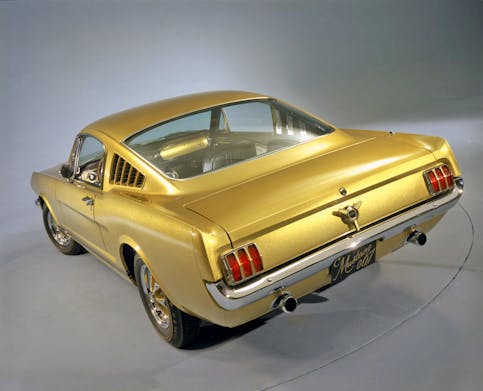
Unlike the 007-themed Ford Thunderbird from 2003 that made production, this 1965 Mustang was intended for the 1964 blockbuster film Goldfinger, where James Bond successfully takes down the villain known for a penchant for gilded items. But the real Goldfinger was a well-regarded mid-century architect, and a Wimbledon White Mustang convertible was actually used in the movie.
This 007 Mustang coulda brought movie fame to Mustangs beyond the cult-classic nature of Bullitt, so it’s too bad this gold delight never saw the silver screen.
Marketplace
Buy and sell classics with confidence
1992 Bronco Boss
This isn’t the Bronco Boss from 1969, but the 1992 Bronco Boss offered significant body modifications that could have made the Bronco a better performer with more style. The rear hatch is a bit Pontiac Aztek from some angles, but the lack of a removable top likely stiffened up the platform. While the top doesn’t come off, the Boss’ new roof is retractable and the side glass is removable. The rest of the styling is pure 1990s excess, with a radical “Lone Star” yellow paint scheme and organically shaped chrome wheels. But lose the concept car bits and the Bronco Boss would have been an amazing street truck, as the front end looks ready to sit in a showroom next to the bespoke front end bits found on 4×4 Rangers at the time.
Too bad Ford phased out this body style a few years later. And it’s a shame people were buying the smaller Ford Explorer (in both four- and two-door configurations) at a rate that would make anyone forget the Bronco had a following because the Bronco Boss had merit and potential.
2000 Ford 24.7 Truck

First, there was Google’s original driverless car. Then we had Waymo and a bumper crop of tech companies looking to make autonomous vehicles, some of which are no longer with us. But who forecasted this dystopian future way back in 2000?
Meet the Ford 24.7 concept truck, the most insane out of a trio of 24.7 branded miniature vehicles that focused on technology and put the software on center stage—the other two 24.7s were two- and four-door CUV concepts. Many (most?) of us scoffed back then, but this was during the first tech bubble, and it’s pretty clear that people will still invest in technology that pertains to the automobile. If the 24.7 truck came out today, it’d steal plenty of glory from Tesla’s Cybertruck. It might be a better vehicle for many folks who want a small truck for increasingly densifying cities. Too bad this one can’t make a comeback.
1962 Ford Seattle-ite XXI
Designed for the 1962 Seattle World’s Fair, this concept was a 3/8th scale “Dream Car” that Ford designed to explore ideas like fingertip steering, jalousie windows, variable density glass, and tandem-mounted front wheels. The latter, according to Gene Bordinat (Ford Design VP) can make “a self-contained, easily interchangable power capsule, allowing countless styling treatments for the ‘trailing’ vehicle that would house the passenger compartment.” The Seattle-ite’s seats were part of the concept’s structural frame, and Ford claimed the separate power capsule aided in NVH reduction. It’s a shame Ford didn’t make this one into a 1:1 scale concept car, the design was just a bit too far ahead of its time.
Ford LTD Berline I and II (1969/1971)
It’s clear that Ford designers were looking to make Semon “Bunkie” Knudsen feel welcome at the Ford Motor Company when he took the role of President in 1968. The Pontiac-like “Bunkie Beak” front fascia made production in the 1970 Thunderbird, 1970 Mercury Montego, and Ford’s full-size sedans for 1971. But before the Big Bird got this schnoz, would you believe the Ford Galaxie/LTD got it in 1969? And then again in 1971?
That’s precisely what happened, as the Berline Concept went through two iterations of being a custom-bodied LTD coupe that was a lightly disguised rendition of what hit Ford showrooms in 1971. Time has been kind to most Bunkie-beak Fords, proving the look outlasted the executive’s tenure in Dearborn.
1969 Ford Econoline Kilimanjaro
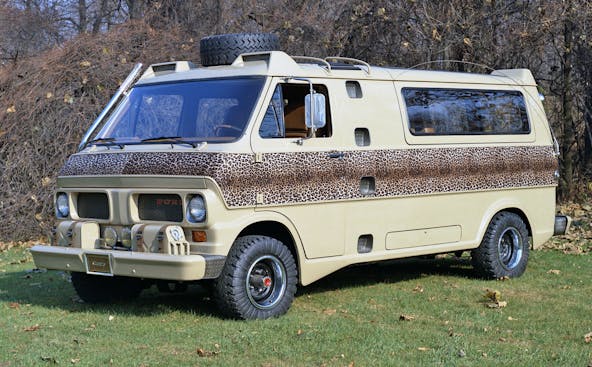
This concept took the custom van to a new place, being a Safari vehicle decades before GMC used that name for its own minivan. The leopard skin accent likely made sense at the time, while the integrated storage in the custom rocker panels look very similar to those found in Ford trucks of the era. The bodyside’s four recessed steps (for roof access) would look right at home on a modern SUV. Well, if modern SUVs actually went off road, and if only some of the features presented in the Econoline Kilimanjaro made production. (Leopard print trimmings aside!)
1981 Ford EXP II
Ford bought Carrozzeria Ghia in the 1970s, and made numerous concept cars for Ford of Europe and even became the top trim level for everything from the Ford Sierra to the Mustang. This Ford EXP II concept uses bits from Ford’s parts bin (wheels from the American Ford EXP, ironically) but wraps it all in aerodynamic style and plastic cladding worthy of a late ’70s concept car, and a sign of things to come for production models. The hatchback roofline is a bit Porsche 924, but it’s clear this concept was still a design study: check out the different-sized quarter windows from left to right. One thing’s for sure, the EXP II’s sleek front end was robbed for the original Ford Tempo, right down to the droopy headlight buckets and pointed turn signal lights.
1957 Ford X2000

The X2000 was the successor to Ford’s X-1000 concept car, having all the jet-age styling wishes, but with a cab-forward design allowing for a more Jetsons family-style approach to the era’s obsession with air and space travel. The X2000 was only built as a scale model and never became a 1:1 concept car, much less a production vehicle. Yet just like the Ford 24.7 concept above, it foretold of a future where technology outshadows traditional automotive design. It could be a modern autonomous driving pod, except with a sense of style that would get more people on board. (Literally!)
1972 Ford Experimental Safety Vehicle
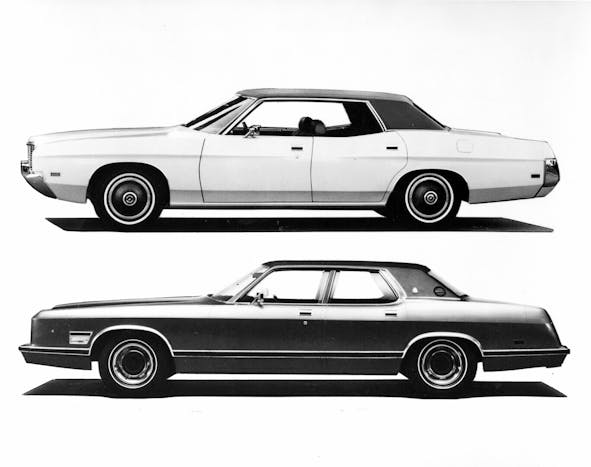
Back in the early 1970s, a host of manufacturers made concept cars that prioritized safety in harmony with the US Department of Transportation’s Experimental Safety Vehicle (ESV) initiative. We covered the Mercedes ESF 22 in a previous article, and it sported energy-absorbing materials in the front end to protect pedestrians much like this Ford ESV from 1972. But unlike Mercedes’ efforts, Ford challenged their design team to integrate safety into the body more elegantly. The soft plastic bumpers wrap around the body, much like the 1980 Thunderbird and every Ford going forward. The integration had the added benefit of streamlining the Ford Galaxie’s lower body and gave us a convincing look into our automotive future roughly a decade later.
Not all with the ESV design is perfect, as the gasoline filler neck was routed to the C-pillar and a solid B-pillar ensured the top-level Ford LTD would never have its pillar-less hardtop design again. The price we pay for safety!
1972 Pinto Sportiva
Aside from the B-pillar’s implementation of a window slit in its tiny footprint, the custom roofline of the 1972 Pinto Sportiva concept looked ready for production. That roofline became standard fare for Ford coupes a few years later, thanks to successful implementations with the 1977 Thunderbird and 1978 Fairmont Futura. The Sportiva was an upmarket move for the cheap and cheerful Pinto and featured a removable targa roof and an integrated roll bar in that tiny rear pillar. The wheels were period correct, the door handles came from larger Ford products, and the custom interior accents look very similar to the ones that made production in future Pinto models. It’s a shame this one didn’t make production either, as it could have been the rear-wheel drive father of the Honda Del Sol from the 1990s.
Again, we have only covered 10 of the 378 concept cars you can find on the Ford Heritage Vault’s website, so do yourself a solid and check out more of them for yourselves!
***
Check out the Hagerty Media homepage so you don’t miss a single story, or better yet, bookmark it. To get our best stories delivered right to your inbox, subscribe to our newsletters.
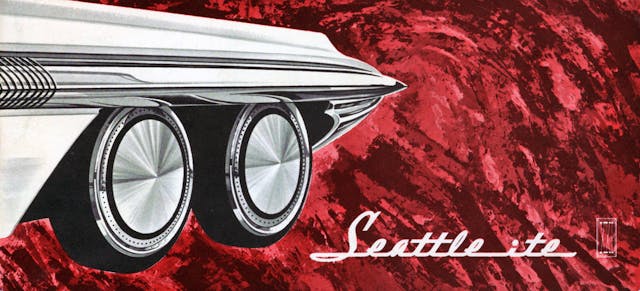






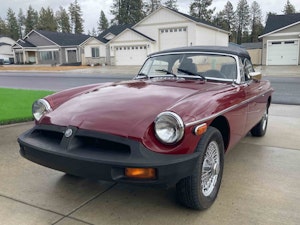
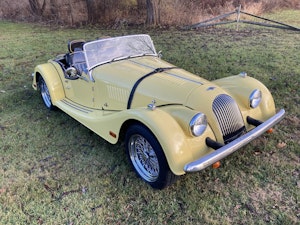
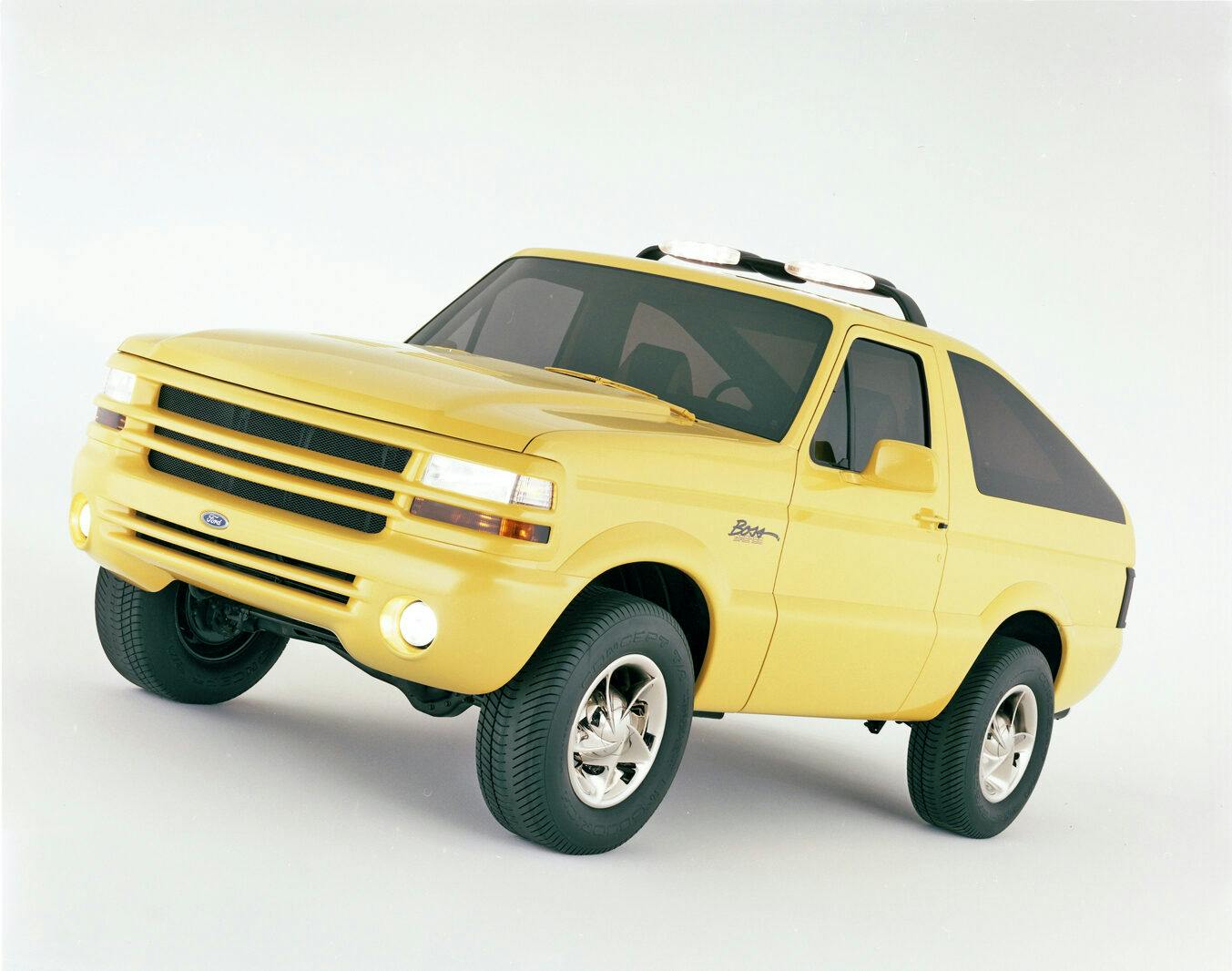
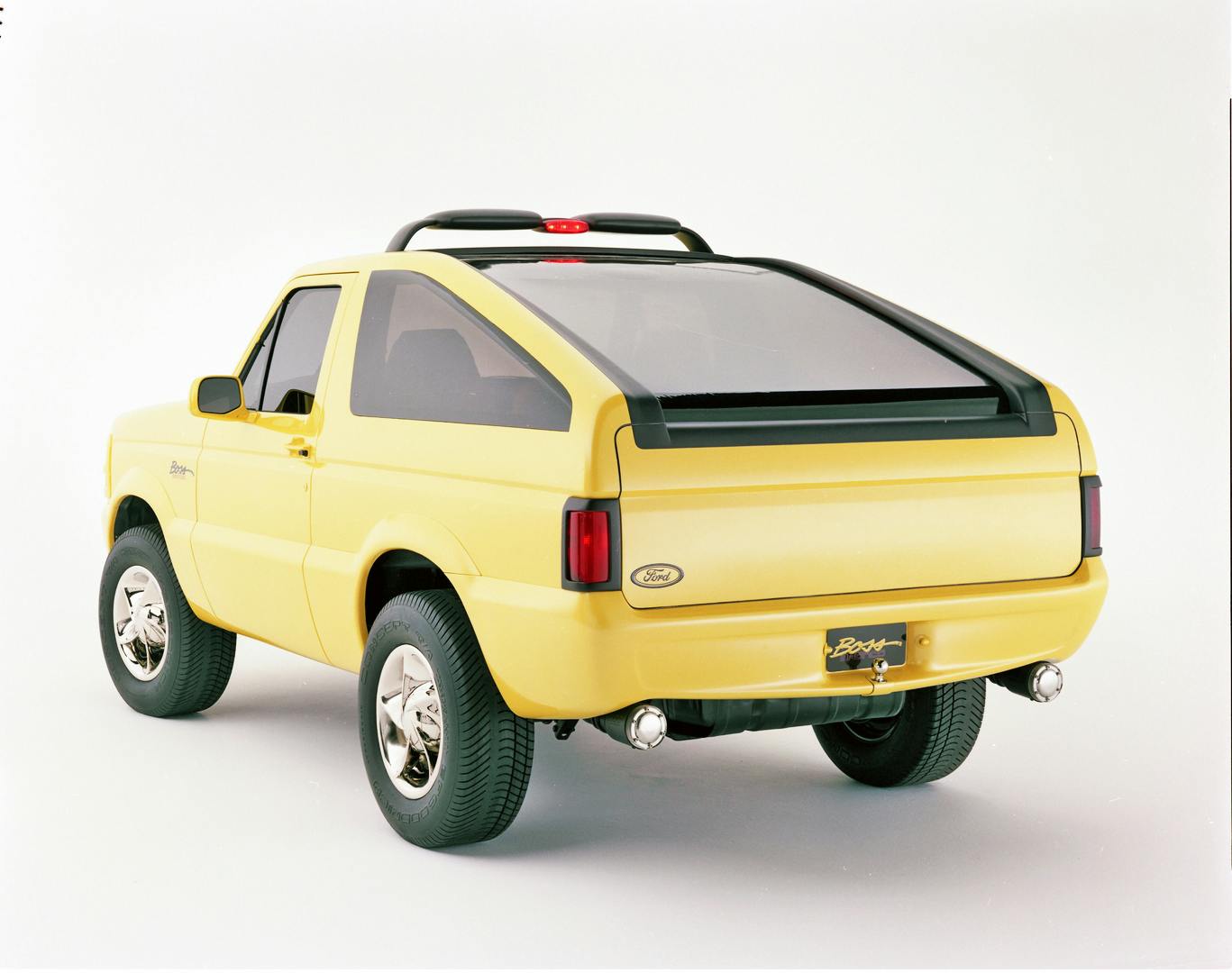
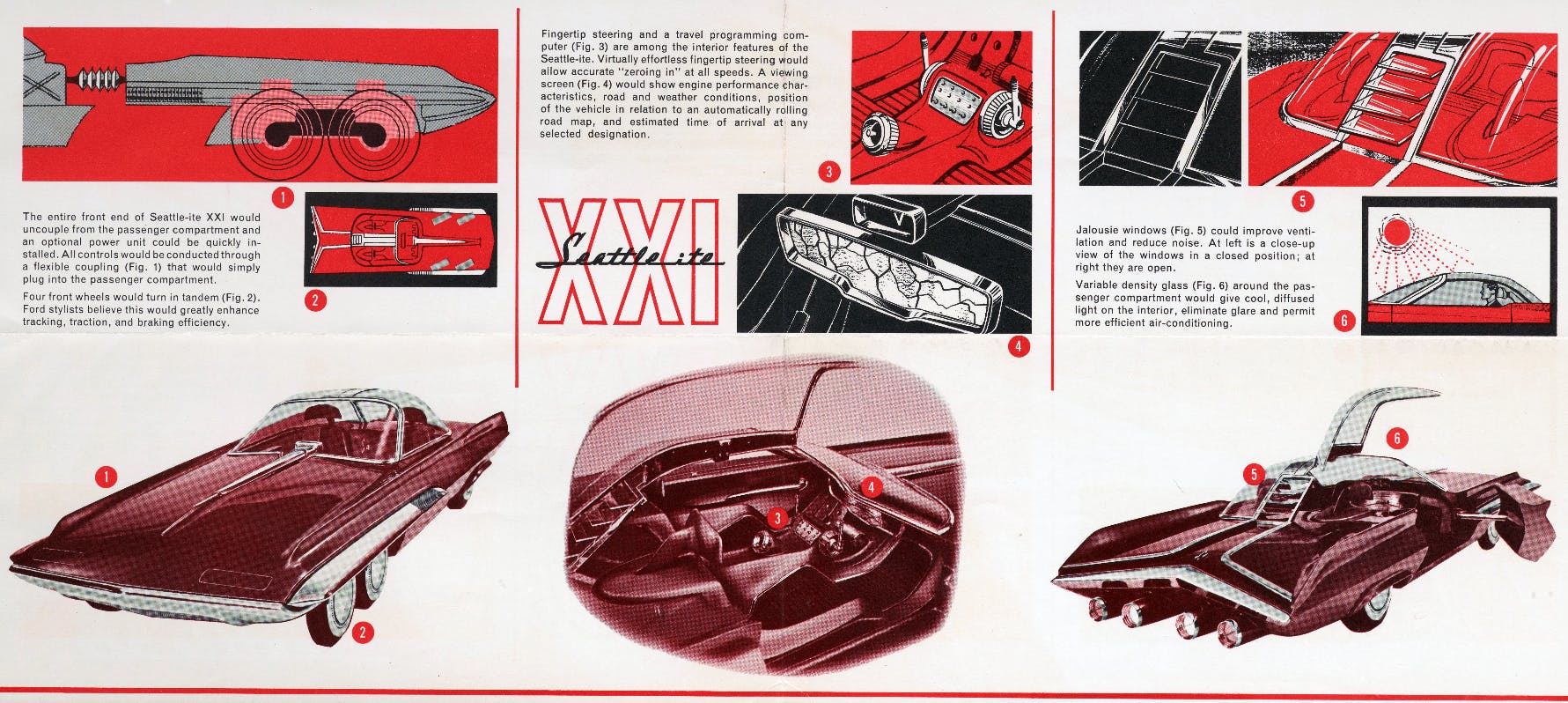

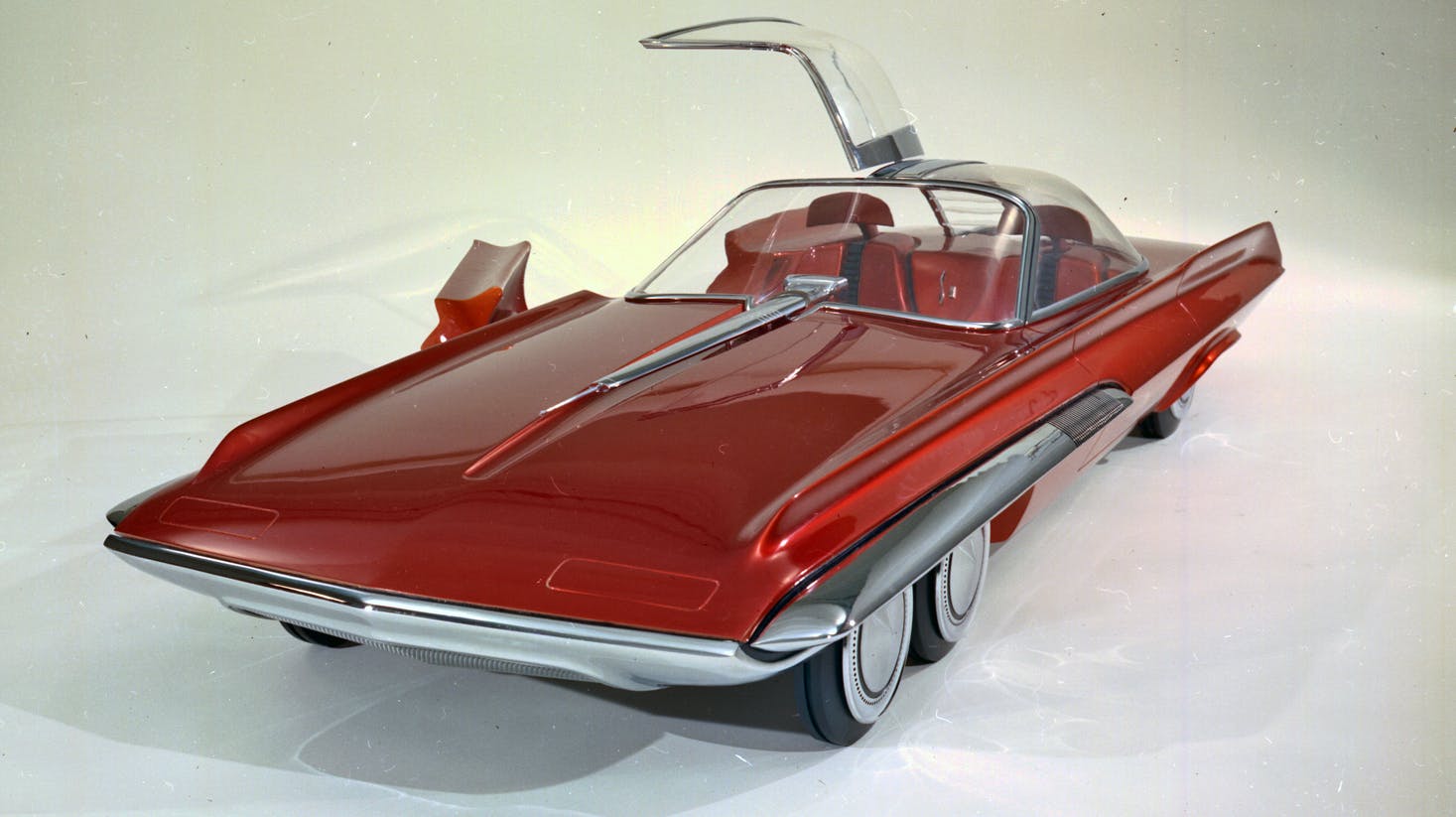
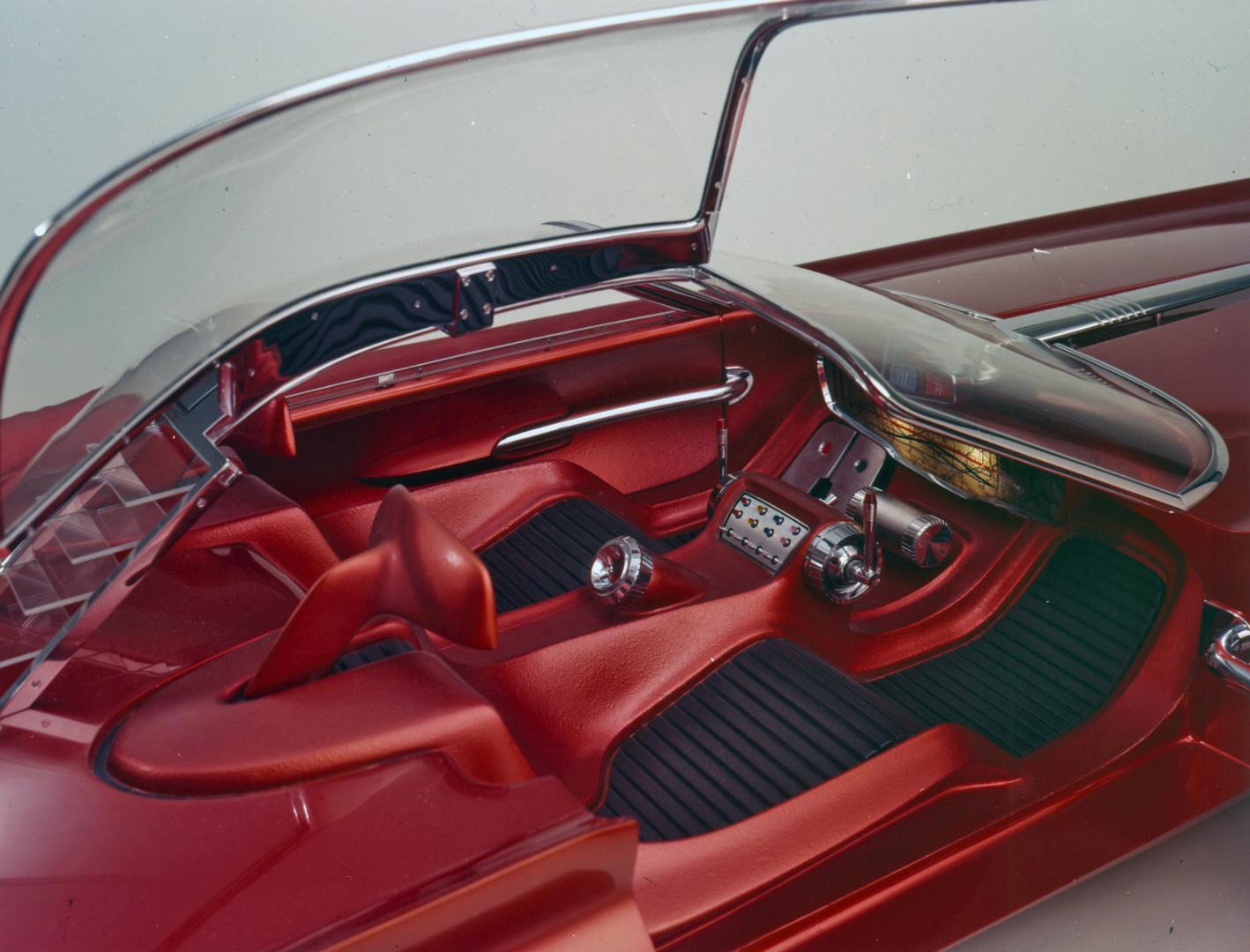
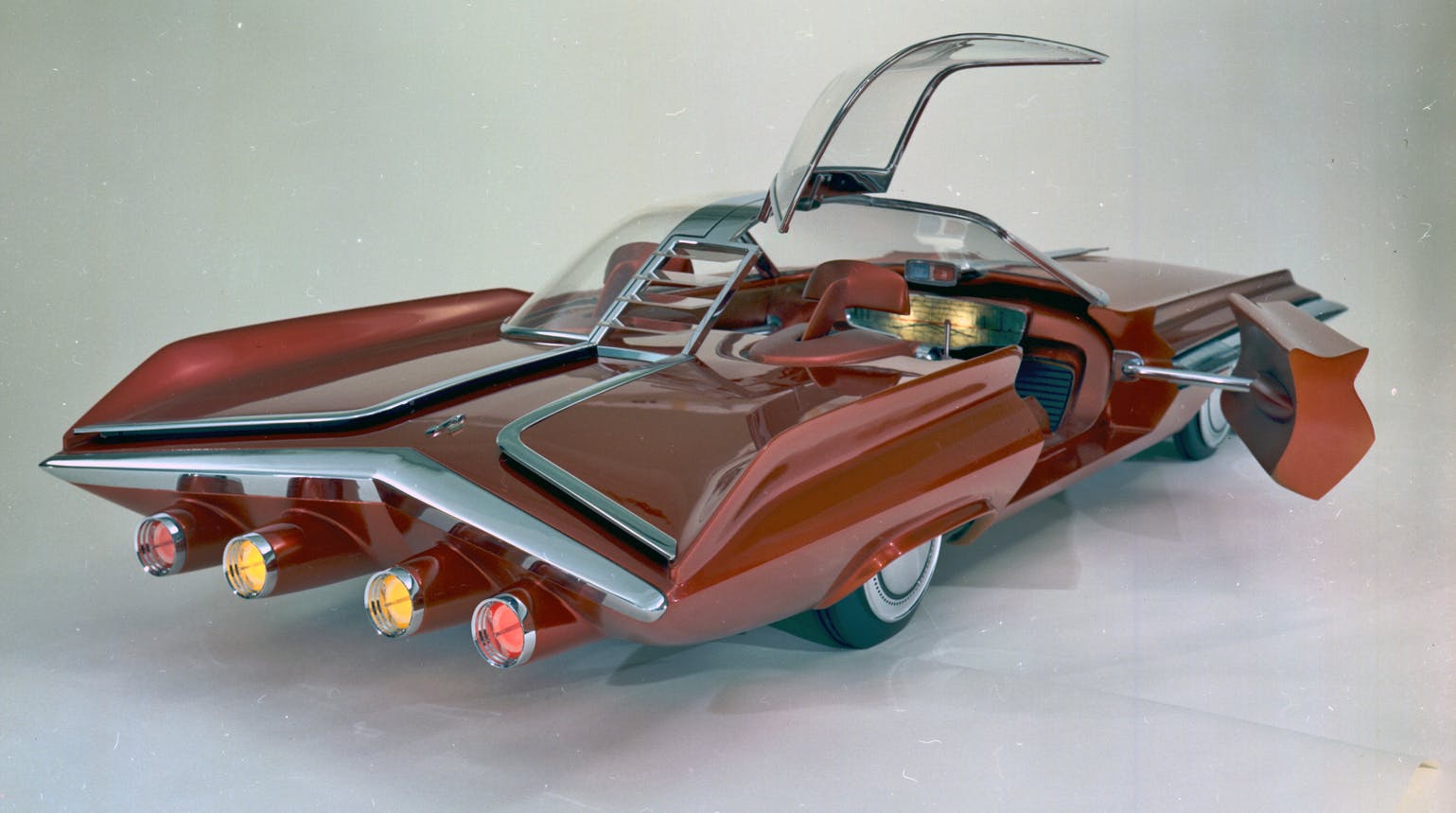

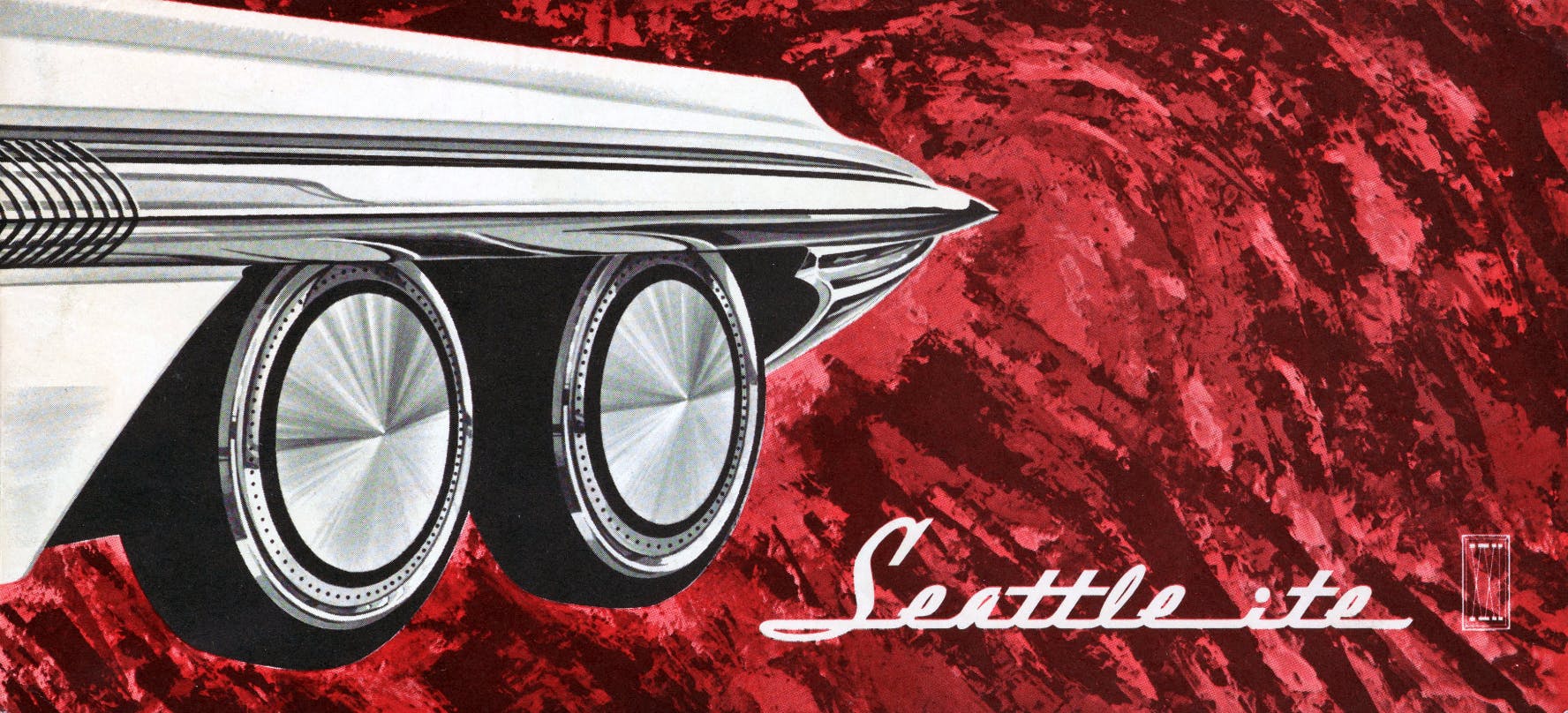

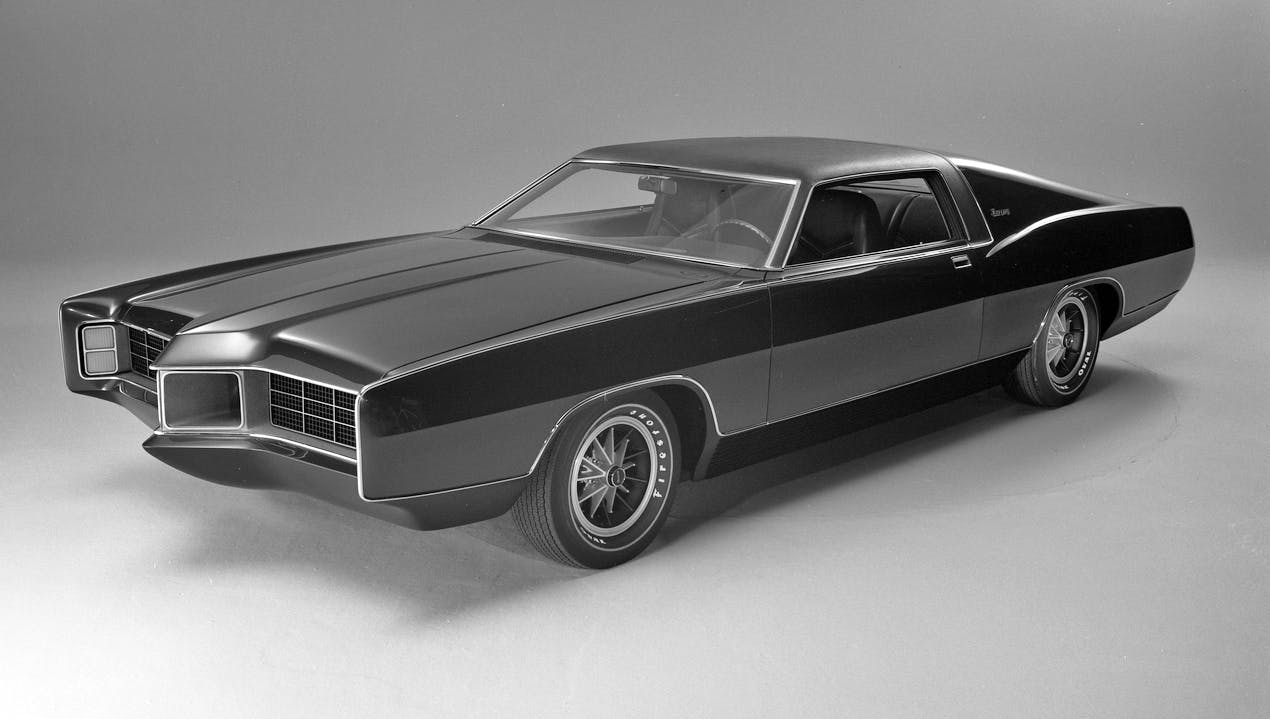
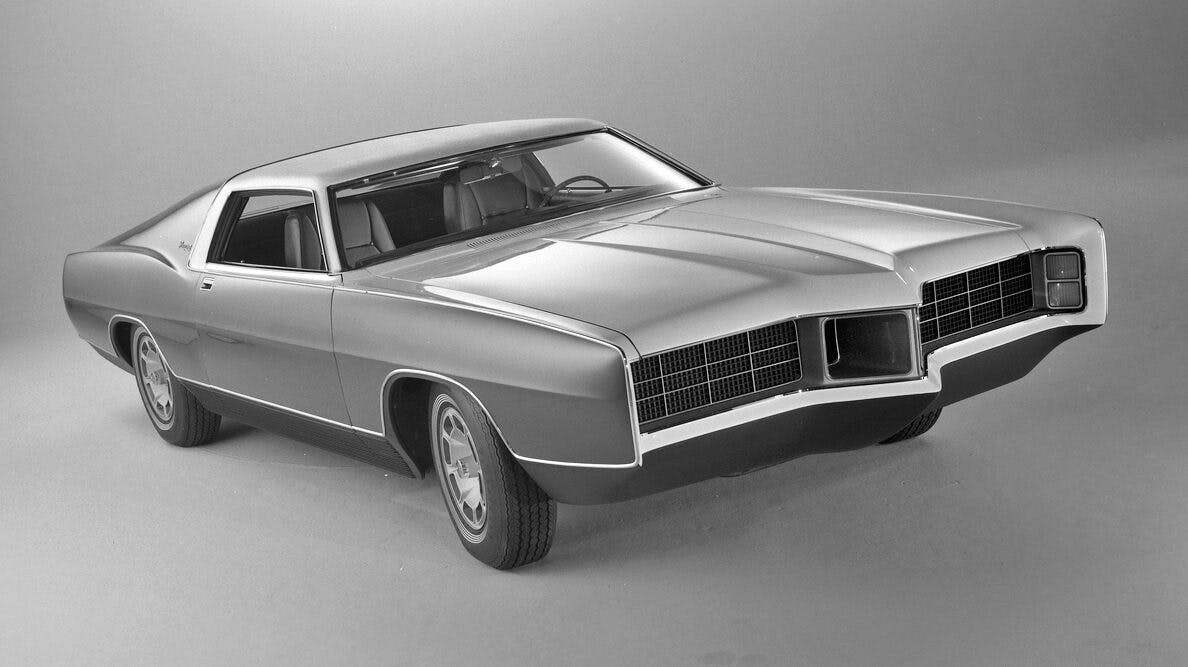
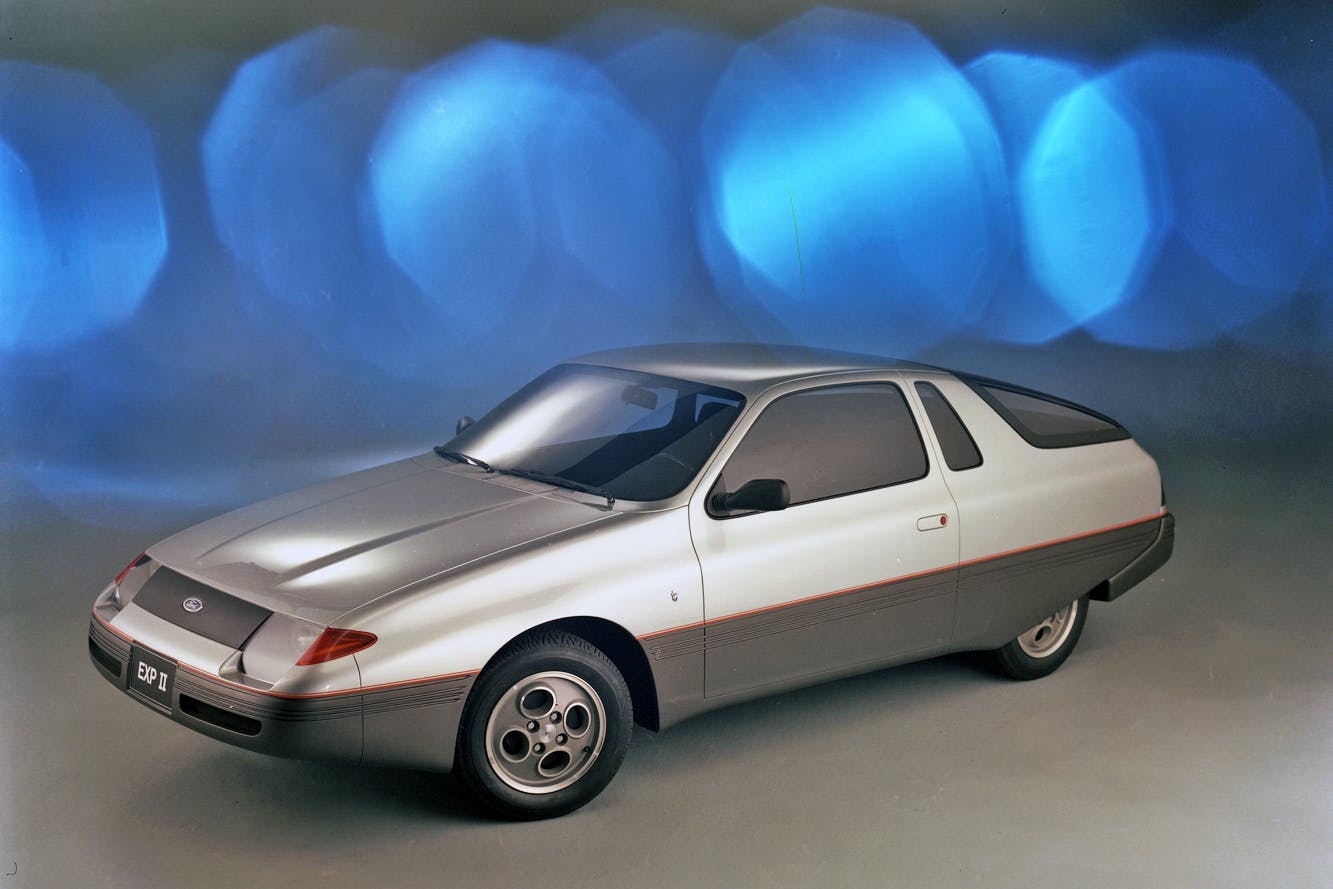
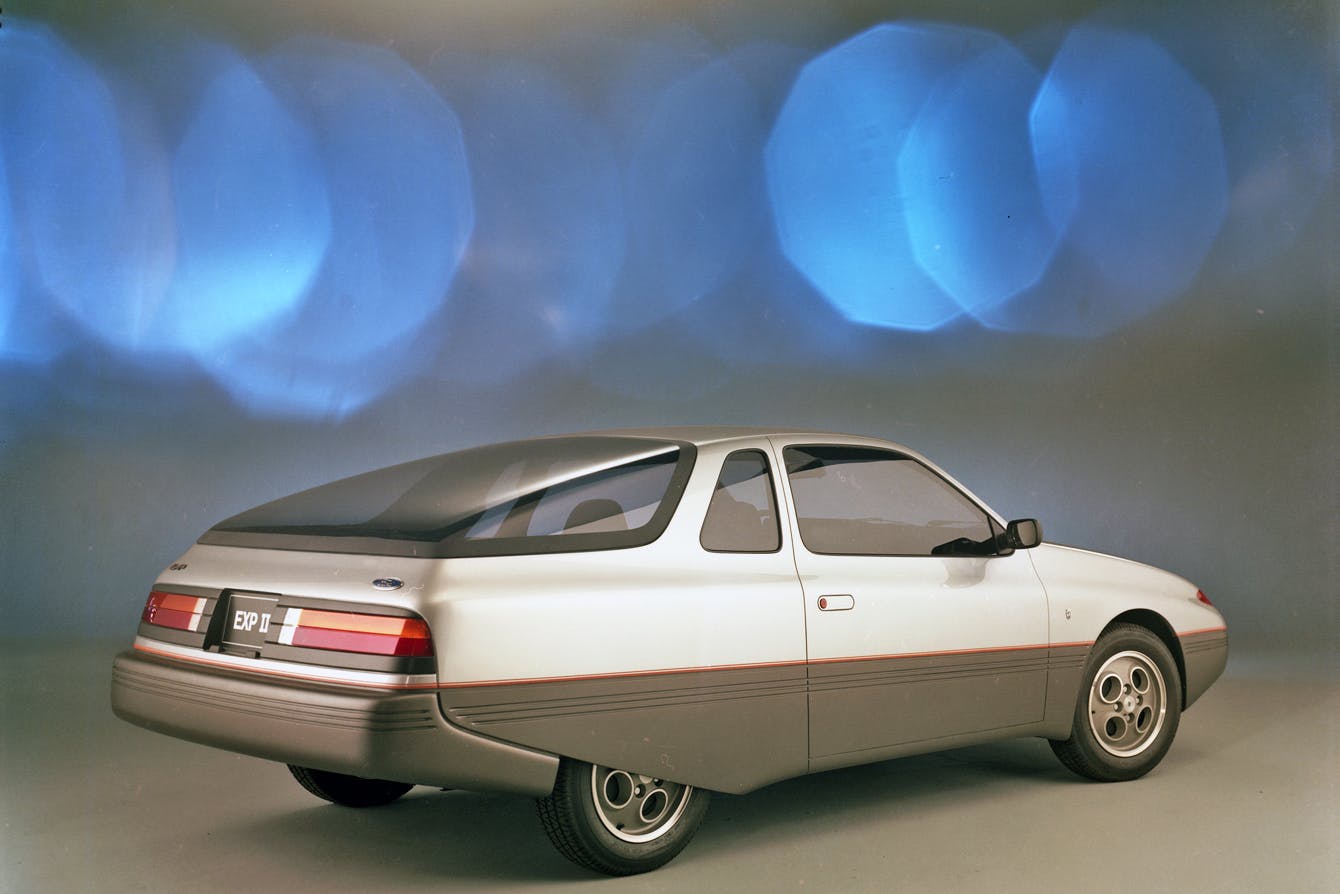
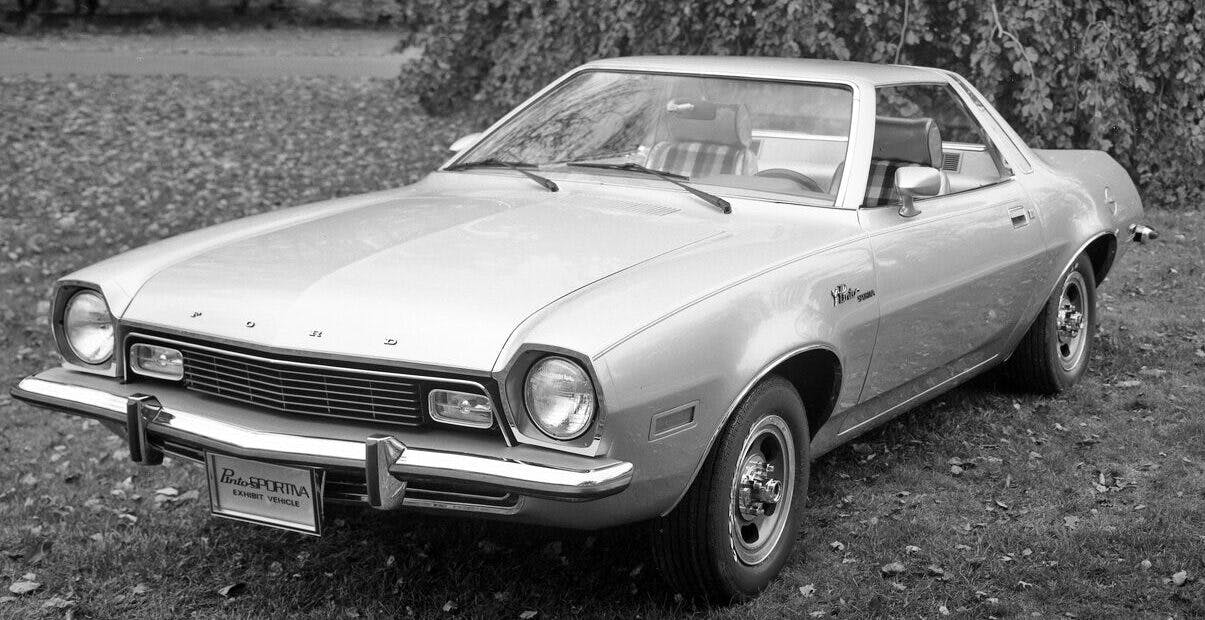
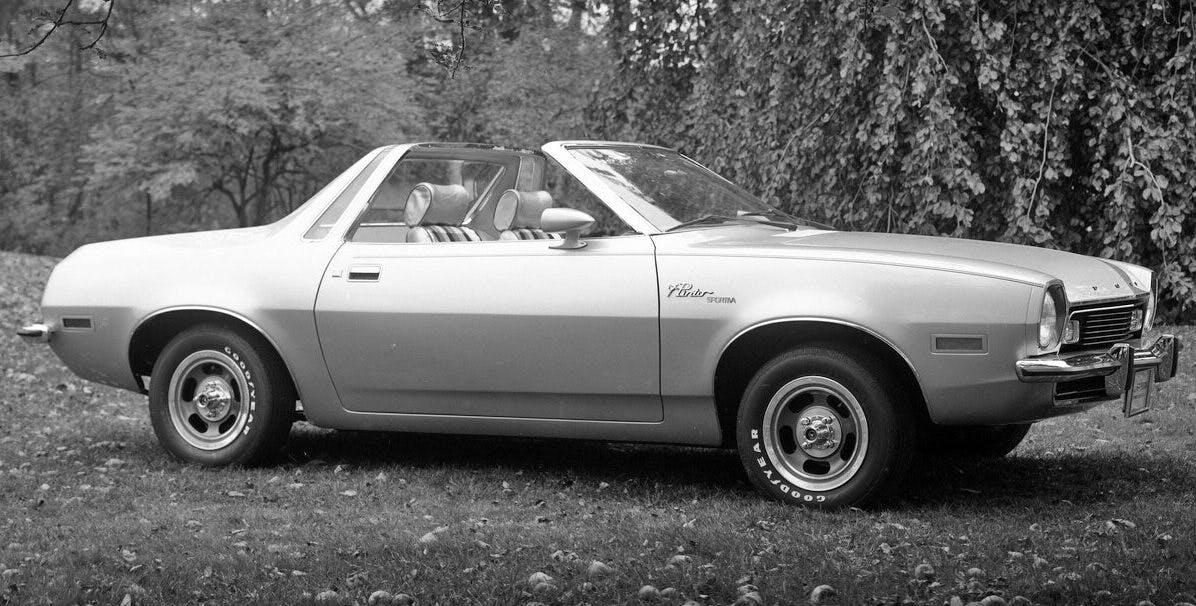
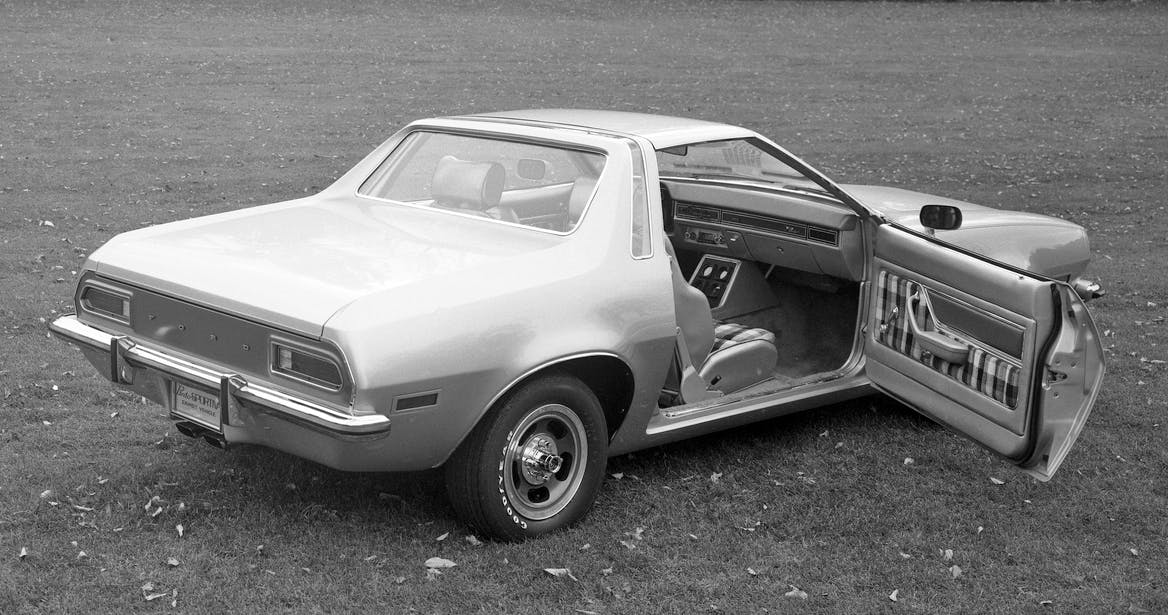
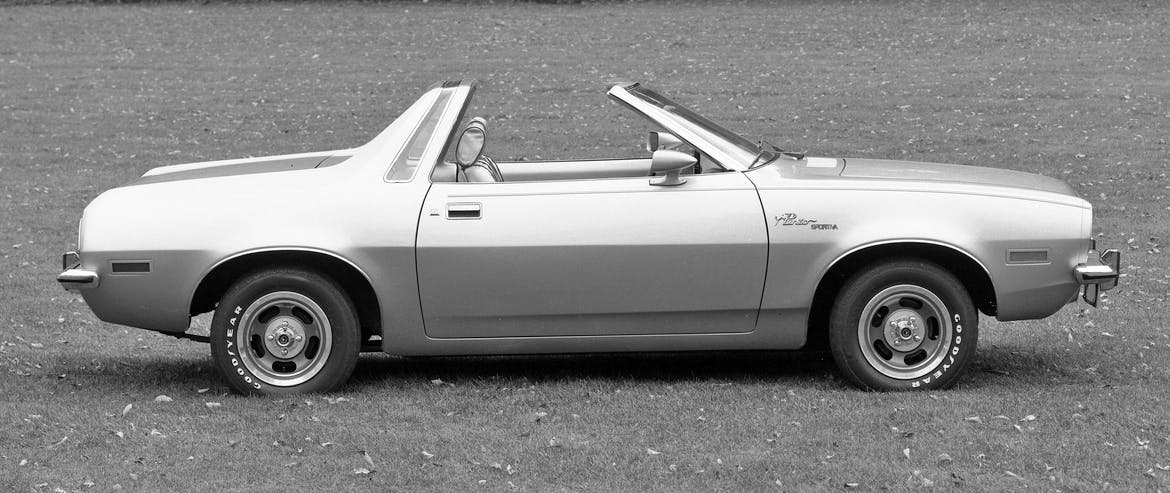






















In prior columns, there has been much discussion of concept vehicles – especially some commenter’s view that we shouldn’t get excited about them because they almost never were seriously “makeable”. But nonetheless, I profess that even if they are just fun to look at and could never make it into production, they are a great piece of automaker history. Some of these are remarkable and surprised me a bit as coming from Ford, as I had traditionally thought of GM as the the company with more creativity.
Oddly, I was at the Century 21 World’s Fair in Seattle in 1962 and didn’t see Seattle-ite XXI. As car crazy as I was as a teen, I’d have lapped that up for sure. Perhaps I just didn’t go into the FoMoCo exhibit, figuring I didn’t need to see an F-100 and a Falcon on display.
Anyway, thanks for picking these to show us, Sajeev, as I picked up a bit of new respect for the Dearborn Dudes of the Day! 😁
I am very confident the Dearborn Dudes didn’t have the budget of their counterparts over at Harley Earl-ville, but going through the Ford Heritage Vault’s collection gave me newfound appreciation for what they did over time. Glad you enjoyed it too, DUB6.
On the other hand, some very bold concepts did get to market, such as the Plymouth Prowler and Dodge Viper, among others.
The second I saw the ’62 Seattle-ite, I thought “Jetsons”. I’ll bet most others did too.
What’s cool is that this World’s Fair began in April, whereas the Jetsons TV series didn’t start until late September. Who influenced who?
Relating to TV Sci-Fi again, Ford’s 1957 X2000’s “tails” showed up virtually intact on the later NCC-1701, (you folks know who you are…) The front end has an Edsel reminder.
Thanks for the infotainment, Sajeev!
I’ve always wondered how much of the Jetsons was influenced by Worlds Fairs that came 1-20 years before the show. Glad you enjoyed it, carmine.
What I always found fun as a kid was the way some of the concept cars were turned into toy cars. While it was a GM and not a Ford Concept, I had a Hasbro Amaz-A-Matics Astrovette. I wonder what was the purpose behind this? Maybe to give kids a sense of enthusiasm about cars, or create a toy that wasn’t just the same old “real” car downsized, or maybe a way for the manufacturers to recoup a little bit of development money via licensing agreements?
Interesting questions! Maybe fodder for a future column, Mr. Mehta?
Good questions.
Getting “halo car” hype out of a concept you don’t even have to enter production with via toys/video games seems like smart advertising to me.
The backfire is when something cool is teased and not delivered (i.e., looks of concept Chevy Volt, Nissan ID-X concepts as the new 510…)
The 1992 Bronco Boss looks like a Chevy, especially at the front.
Man, it sure does, doesn’t it? Good eye, Mr. Bechtold!
I, too, was recently browsing the Ford image archives, looking to update the wall art in my office. I came across a number of interesting concept vehicles, but missed these. I have a fondness for the concept vehicles of the jet age, as it evokes a time of unbounded thinking and limitless possibilities: “To the moon and beyond!” The X2000 seems to be the most far-reaching example. How fun this would be to drive even today (except maybe in the height of summer–I’ll bet that glass cooks the occupants; bring your sunscreen!).
I’m also convinced those LTD Berlines would be high-dollar collectibles had they made it to production. Some of the other concepts had quirks and oddities, but we need to remember that these were concepts meant to stretch thinking and explore new areas and it was known even at the time that some elements or features would never be expected to reach production. So if we look at some of the less successful designs through that lens, we can see what they could have been had they been given the green light.
How about the Galaxie Fastbagon? Fastback, roof rises, it’s a wagon
Wow never heard of the 007 gold Mustang what a find. The Pinto concept car looks a lot like a Mustang II
The Pinto concept also looks a lot like a Fiat X19, which came along a few years late. Ghia influence?
I couldn’t help noticing that if the rear of the Pinto Sportiva were extended a bit there could have been an opportunity for a Ranchero ll small pickup à la the Mustang II. Perhaps the extra space behind the gas tank might have provided a solution to its vulnerability too.
I can see why many of them didn’t get to be production models, from impossible to build to no one would have bought one.
They should have gone with the Pinto Sportiva! After getting past all that phony gas tank flak.
I saw one of those pintos blow up from 10 cars behind it when it got rear ended on the freeway. first an interior fire explosion, doors blew open crispy people fell out. no joke ill never forget it.
I’m sticking with what Camilo designed
Wow… Those are all remarkably not good looking for concept cars. The X2000 was interesting, but obviously came from someone that was influenced by the Lesabre and the Firebird concept cars.
The pinto could have been given room at the back for a larger gas tank.